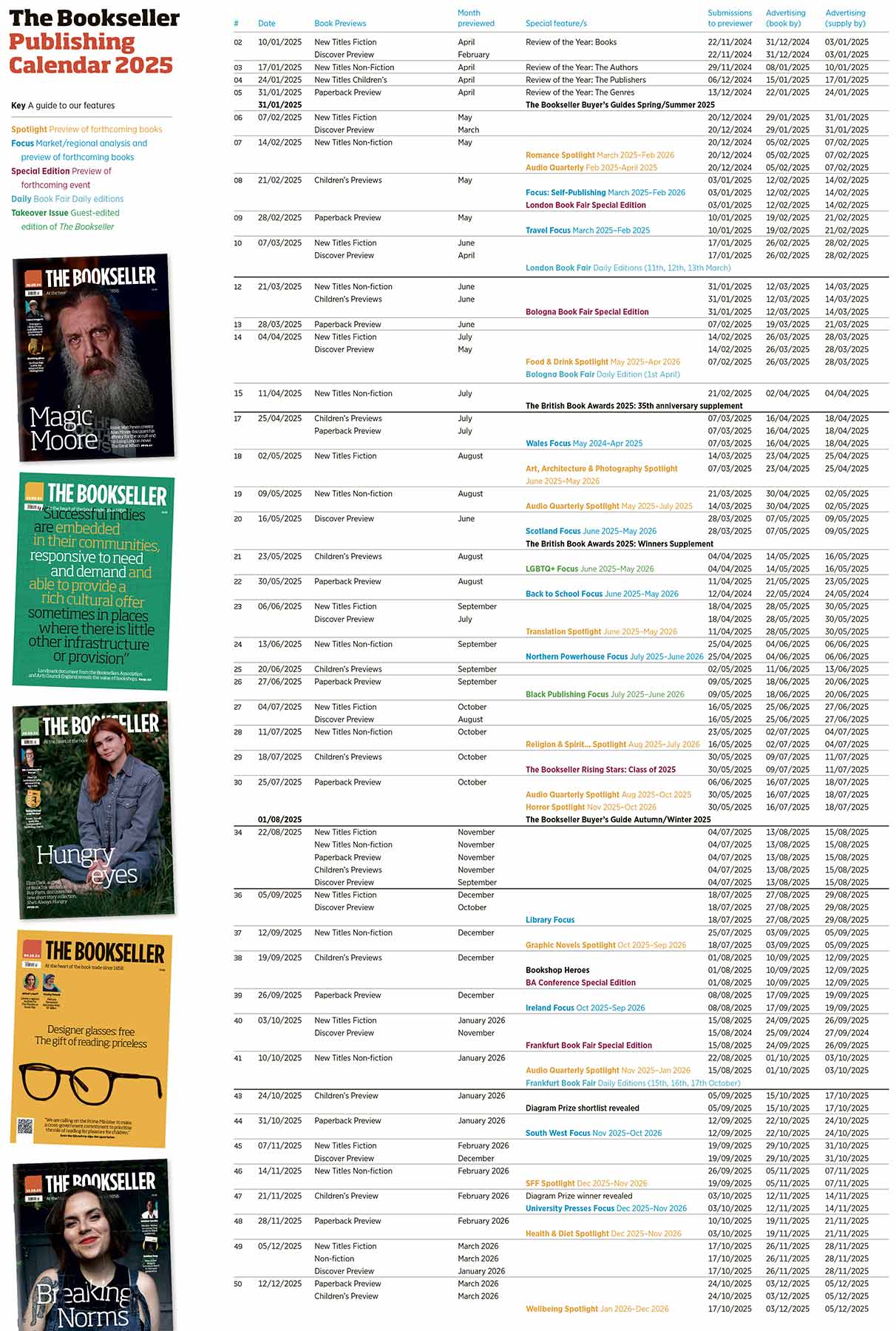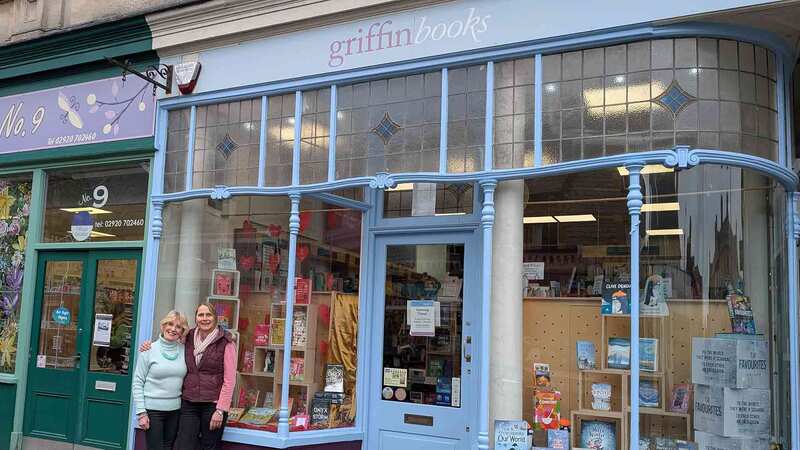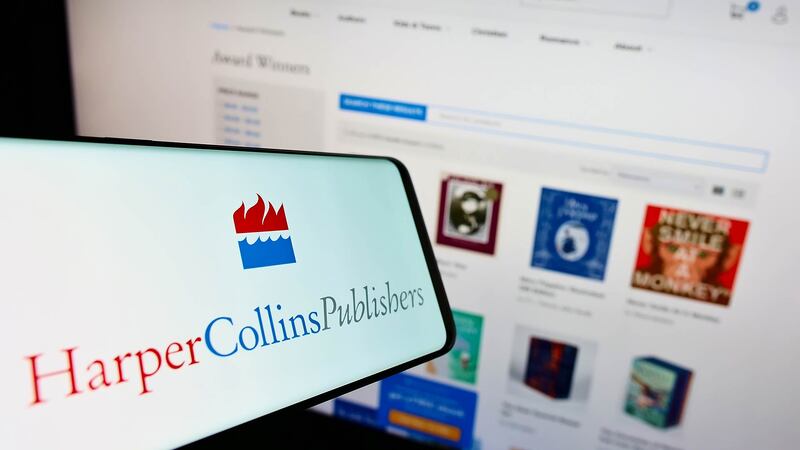You are viewing your 1 free article this month. Login to read more articles.
The book trade: open for business

"What’s going on with the book market?” an agent asked me this week. The big books are not showing up, the débuts are passing by too fleetingly, while genre titles, the brands, and backlist books are shifting to the centre ground and taking root. In short, for this year’s trends, look to last year’s hits. Rinse and repeat.
The numbers back this up to a certain extent. At the halfway point of the year Nielsen BookScan’s Total Consumer Market recorded sales of £767.7m, a 1% drop on the same 26-week period last year, with an average selling price of more than £9 helping inflate the market. Familiars such as Murdle, Bored of… and romantasy are lifting their publishers to new heights at the expense, perhaps, of the new. As usual, there are no 2024 débuts in the first half Top 50, but that doesn’t mean we aren’t seeing a freshening up of the bestsellers—Freida McFadden, Rebecca F Kuang, Holly Jackson and Dav Pilkey all speak to different bits of the market supporting growing brands. But what’s also going is that there are fewer print books being sold: in the UK that’s 3.5 mllion lower than in the same period last year, only a slight slow-down on last year’s 3.8 million dip (give or take Prince Harry’s Spare, which is the distorting comparator from last year).
Reports from Germany and France show something similar—a case of fewer books sold, but the sector continuing to grow at the value level. In the US, where BookScan only reports volume, we are now in a third year of declining sales.
There are a few caveats. In this market, small trends can have an outsized impact. Earlier this month, the Wall Street Journal noted a boom in younger readers discovering Amazon’s digital device. “Kindle sales have grown in double-digit percentages for each of the two years and are on track for similar gains this year,” Kevin Keith, vice-president of Amazon Devices and Services, told the newspaper, with people under 45 the fastest-growing customer segment, and about 60% of this growth coming from those who had never owned a Kindle previously.
For a new writer, visible print success remains a key metric. It establishes the name, and enhances the stickability
The impact of Spotify also remains unclear. Last week, at The Bookseller’s Marketing & Publicity Conference, Duncan Bruce, director for audiobook partnerships and licensing at the company, said that more than 25% of its premium users have streamed audiobooks on Spotify since the audiobook giant launched its streaming model, a cohort that amounts to “tens of millions of people worldwide”.
If readers use Spotify for sampling, it will be on the début market—where we ask book buyers to spend upwards of £20 on a punt—where this is first felt. Agents say publishers are not giving them enough information to assess the ramifications—but for a new writer, visible print success remains a key metric. It establishes the name, and enhances the stickability.
We can read too much into a first half, and the partial numbers that are now available to us, but what’s going on in the book market suddenly feels like an open question.



















